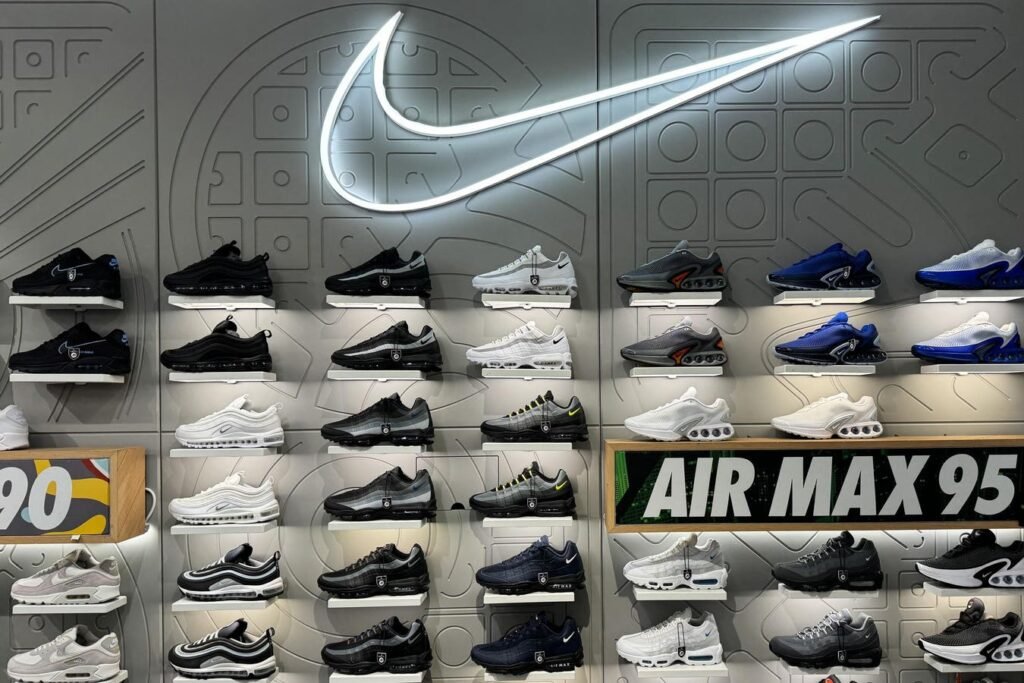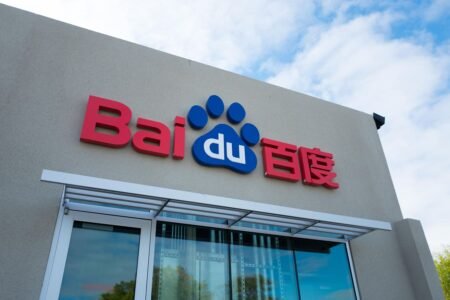Nike (NYSE: NKE) stock has been trading at $94 per share, significantly lower than its pre-inflation shock high of $176 in November 2021. Despite facing supply chain constraints and slower growth in China, the company reported a 1% year-over-year revenue increase to nearly $39 billion for the first nine months of fiscal 2024, with earnings per share rising 7% to $2.74. Nike’s inventory levels dropped by 13% to $7.7 billion in the recent quarter, resulting in a gross margin of 44.5%, up 100 basis points compared to the previous year. The company is focusing on innovative footwear releases and reducing expenses to improve profit margins.
NKE stock has experienced a 13% decline year-to-date, while its peer Lululemon (NASDAQ: LULU) has seen a 40% drop in its stock price since the beginning of the year. Nike’s management anticipates only 1% full-year revenue growth in fiscal year 2024 and plans to cut expenses by $2 billion over the next three years to potentially increase its operating profit margin to over 15%. Despite underperforming the S&P 500 in recent years, Nike’s stock has the potential for recovery as it navigates through the current macroeconomic challenges and high oil prices.
The stock suffered a 30% decline from early January 2021 to $94, compared to a 40% increase in the S&P 500 over the same period. NKE’s performance has lagged behind the broader market in the last three years, with returns of 18% in 2021, -30% in 2022, and -7% in 2023. The company may face challenges in outperforming the market in the future, given the current economic environment. Nike’s potential to reach pre-inflation shock levels suggests an 88% increase in its stock price, with a valuation estimated at $101 per share, indicating a possible upside.
Nike’s performance during the recent inflation shock can be compared to the 2008 recession to gauge the stock’s potential recovery. The company’s revenue increased from $44.5 billion in FY 2021 to $51.2 billion in FY 2023, while the earnings per share declined by 9% to $3.30 due to inflation impacting consumer spending and freight costs. As the Federal Reserve aims to control inflation rates and stabilize market sentiment, Nike stock could see strong gains once concerns about a potential recession diminish. By analyzing NKE’s peers and industry comparisons, investors can make informed decisions about the stock’s outlook.
Despite facing challenges in the supply chain and slow growth in China, Nike has shown resilience in its revenue and earnings growth, with improvements in profit margins due to inventory reductions and innovative product releases. The company’s strategic cost-cutting initiatives aim to drive profitability and increase operating margins in the coming years. While the stock has underperformed in recent years, potential for recovery and strong gains exist as market sentiment stabilizes and inflation is controlled. Investors can assess Nike’s performance against industry peers and market trends to make informed investment decisions.











